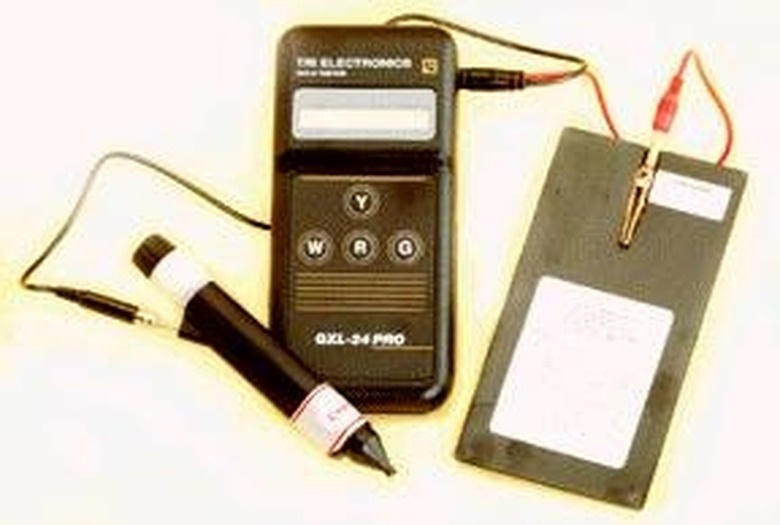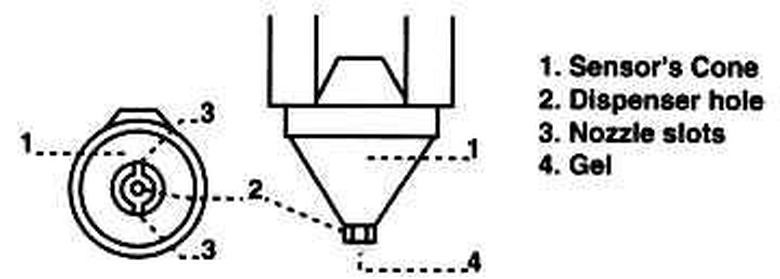How To Test Platinum Metal
Platinum, gold, silver and other precious metals are used to create jewelry. The precious metals are mixed with other alloys such as nickel, zinc and copper. The weight of precious metals such as platinum is measured as karats, which means if you have a platinum metal chain that is 10 K, only 10 karats of platinum were used to make the chain. The higher the number in karats, the more platinum, gold or silver was used to make your piece of jewelry. To test your piece of jewelry and measure the karats, there are a few things you can use, including acids and electronic equipment. The instructions following are for testing platinum metal using an electronic tester.
Step 1
Clean your piece of platinum metal using a pencil eraser that is free of debris and any coating. It is important that the eraser not leave traces from prior use on the metal; this will interfere with the test.
Step 2
Thoroughly clean the contact point on the tester using a cotton swab with cleaner, ensuring it is completely dried. The tester must be free of metal from previous platinum metal tests, especially for higher karat pieces, such as 18 K or greater.
Step 3
Place a small amount of the testing gel on the tip of the tester–the greater the karat being tested, the less that is required. Dab the tip on tissue after the gel is applied; you want the gel to cover the tip only.
Step 4
Apply the tester to the platinum metal gently but firmly, holding the test pen vertical and directly on the metal. See Tips for more information about the different chains.
Step 5
Choose another location on the piece if you receive an unusual reading or one lower than you were expecting. Repeat the above steps.
Things Needed
- Electronic tester kit (see Resources)
- Pencil eraser
- Nonacetone nail polish remover or similar cleaner
- Cotton swab
TL;DR (Too Long; Didn't Read)
Italian gold chains/necklaces are generally coated with a fine layer of wax, thus using the nonacetone polish remover or similar cleaner will remove the coating; dry thoroughly before testing. Platinum metal used to create herringbone-style chains will have a mix of solder; the clasps can be tested, but that will not give an accurate reading of the chain itself. You may need to test the piece two or three times in different places to get an accurate reading.
Warning
You can purchase acid-testing kits, but note that acid will permanently etch the piece of jewelry you are testing. If the piece of jewelry is made from pure platinum, then acid will damage it.
References
Cite This Article
MLA
Owens, Connie s. "How To Test Platinum Metal" sciencing.com, https://www.sciencing.com/test-platinum-metal-5022403/. 24 April 2017.
APA
Owens, Connie s. (2017, April 24). How To Test Platinum Metal. sciencing.com. Retrieved from https://www.sciencing.com/test-platinum-metal-5022403/
Chicago
Owens, Connie s. How To Test Platinum Metal last modified March 24, 2022. https://www.sciencing.com/test-platinum-metal-5022403/

